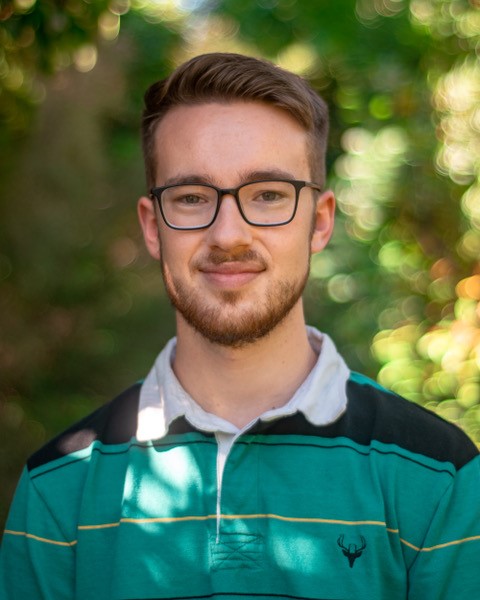What do the Queensland fruit fly and the red imported fire ant have in common? A threat to Aotearoa.
Will Eason is researching ways to engage the public in the response to biosecurity incursions, as part of a Master of Strategic Communication at the University of Canterbury.

A passionate outdoors person, who is looking for a career that combines communication with our country’s rich and unique biodiversity, Will is focused on the challenge of how to convince the public to care.
“I am really interested in how we can communicate risk to the public,” he says, “as they would be affected if an incursion took place, with urban communities and suburbs feeling the brunt of the response.”
“It is also important that we communicate the larger risk such as the economic and environmental impacts. Without a cause, the public is unlikely to report or help manage biosecurity hazards.”
Will’s research is part-funded by a scholarship from New Zealand’s Biological Heritage National Science Challenge (He Tangata, He Taiao, He Ōhanga) awarded through the UC Biosecurity Innovations research cluster.
His work will look at two case studies, the Queensland fruit fly and the red imported fire ant. The fruit fly, Bactrocera tryoni, poses a major risk to Aotearoa New Zealand fruit and vegetable production. It has been found six times in traps after arriving probably as larvae in infested fruit, but has been controlled out each time, according to MPI.
The ant, Solenopsis invicta, originally from South America, is an aggressive insect with a fierce sting, that poses a number of risks to farming, native species and recreation. Large sums have been spent in Queensland in attempts to control the species, and it has previously been eradicated from Hawke’s Bay.
It is the public understanding of the multiple environmental, economic and cultural risks that Will is focused on. In his work this year, he will evaluate MPI’s public-facing campaigns on the two species. The intended outcome is to address the potential gaps in MPI’s current framework, although there is risk of distraction along the way.
“I often find myself down a rabbit hole wanting to know more about the species and the incursion.”
Will’s commitment to conservation developed while growing up in Ōtautahi Christchurch.
‘I just love that I can travel to the beach or to the hills in less time than it takes to cook dinner. Christchurch gives me a sense of adventure knowing I can finish up at uni and within half an hour, I’m already at a walking track on top of the Port Hills.’
Posted May 2022.